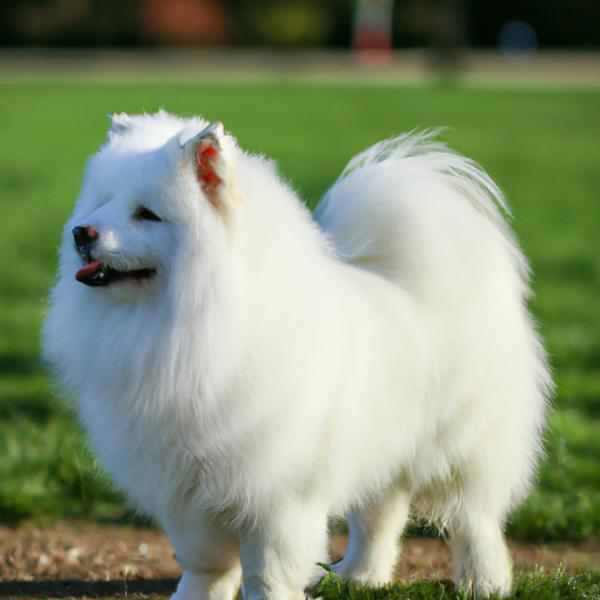Coton Eskimo vs. Bull-Boxer: Breed Differences and Similarities
Hypoallergenic
Are Coton Eskimos or Bull-Boxers hypoallergenic, or neither?
Unfortunately, neither Coton Eskimo nor Bull-Boxer are hypoallergenic, which may not make them the best choice for dog lovers who suffer from pet allergies.
Temperament
What are the personalities of Coton Eskimo and Bull-Boxer dogs?
Playful
Independent
Energetic
Protective
Alert
Intelligent
Friendly
Affectionate
Lively
Trainable
Vocal
Playful
Loving
Energetic
Courageous
Intelligent
Confident
Friendly
Loyal
Social
Sweet
Aggressive
Fearless
Brave
Bright
Shedding Level
Do Coton Eskimos shed more than Bull-Boxers, or which breed sheds more, Coton Eskimos or Bull-Boxers?
Coton Eskimos are heavy shedders, but regular brushing can help manage shedding and promote a healthy coat.
Bull-Boxers are moderate shedders, but regular brushing can reduce shedding and maintain coat health.
Watchdog Ability
Which dog breed makes a better watchdog, the Coton Eskimo or Bull-Boxer?
Coton Eskimos make excellent watchdogs - they're vocal and protective of their territory.
Avoid Bull-Boxers as watchdogs - they're not effective.
Origin
What is the origin of Coton Eskimo and Bull-Boxer dog breeds?
United States
United States
Ancestry
What are the origins of Coton Eskimo and Bull-Boxer breeds?
Coton de Tulear, American Eskimo
English Bulldog, Boxer
Date of Birth
When were Coton Eskimo and Bull-Boxer breeds first developed?
Unknown
Eye Color Possibilites
What are the eye colors of Coton Eskimo and Bull-Boxer dogs?
Brown
Brown
Nose Color Possibilites
What are the natural nose colors of Coton Eskimo and Bull-Boxer?
Black
Black
Coat Color Possibilites
What are the natural colors of the coat for Coton Eskimo and Bull-Boxer breeds?
White
Pied
Cream
Brindle
White
Black
Fawn
Red
Brown
Coat Length
What is the typical coat length for Coton Eskimo and Bull-Boxer breeds?
Coton Eskimos have medium-length coats.
Bull-Boxers have coats that can be either short or medium in length.
Coat Density
What is the density of the coat of Coton Eskimo and Bull-Boxer?
Coat Texture
What is the hair texture of Coton Eskimo and Bull-Boxer?
Straight
Litter Size
What is the usual litter size for Coton Eskimo and Bull-Boxer?
A Coton Eskimo can have a litter of 4-6 puppies on average. However, it's worth noting that the size of the litters can vary greatly. Factors that can influence litter size include the health of the mother, breeding history, and genetics.
A Bull-Boxer can have a litter of 2-10 puppies on average. However, it's worth noting that the size of the litters can vary greatly. Factors that can influence litter size include the health of the mother, breeding history, and genetics.
Adaptability
Coton Eskimos are known for their adaptability and can adjust well to different environments and lifestyle changes.
Bull-Boxers are highly adaptable and versatile, making them excellent companions for families and individuals of all lifestyles.
Health Issues
Between Coton Eskimo and Bull-Boxer, which breed is more prone to health problems?
While the Coton Eskimo breed is generally healthy, occasional vet check-ups are still necessary to address any health concerns.
Bull-Boxers typically have low vet costs due to their good health, but it's important to monitor their health and seek vet care when necessary.
Major Concerns
What are the major health concerns for Coton Eskimo and Bull-Boxer breeds?
Progressive Retinal Atrophy
Hip Dysplasia
Bloat
Degenerative Myelopathy
Dilated Cardiomyopathy (DCM)
Dry Eye
Inflammatory Bowel Disease
Corneal Disease
Third Eye (Cherry Eye)
Minor Concerns
What minor health issues should be kept in mind when owning Coton Eskimo and Bull-Boxer?
Patellar Luxation
Legg-Calve-Perthes Disease
Heart Murmur
Pulmonic Stenosis
Allergies
Hip Dysplasia
Hypothyroidism
Obesity
vonWillebrand’s Disease
Occasional Tests
What occasional tests are recommended for Coton Eskimo and Bull-Boxer breeds?
X-Rays
MRI
CT Scan
Physical Examination
Blood Work
Ophthalmic Examination
X-Rays
Eye Examination
Electrocardiogram
Complete Blood Count
Thyroid Panel
vonWillebrand’s Disease Test
Buccal Mucosal Bleeding Time (BMBT)
Skin Cytology Sample
Allergy Testing
Energy
How do the energy levels of Coton Eskimos and Bull-Boxers compare?
Coton Eskimos' high energy levels make them unsuitable for a low-key dog, choose accordingly.
Bull-Boxers are a good choice for a low-key lifestyle due to their low energy levels.
Social Needs
Coton Eskimo vs Bull-Boxer social needs comparison
Coton Eskimo and Bull-Boxer have very high social needs. These needs include regular mental and physical stimulation, a job or purpose, and companionship. They thrive in environments where they have a lot of interaction with humans and other dogs.
Exercise Needed
Coton Eskimo vs Bull-Boxer exercise need comparison.
Coton Eskimos need moderate physical activity and are great for families and active individuals.
Bull-Boxers need only a small amount of physical activity, ideal for busy or elderly people or those with limited space.
Sleeping Need
Which of the two sleeps the most/least: Coton Eskimo or Bull-Boxer?
Coton Eskimos sleep less than other breeds but still need adequate sleep for good health.
Bull-Boxers have moderate energy levels and typical sleep patterns of 12-14 hours per day.
Tendency to Bark
Do Coton Eskimos or Bull-Boxers bark more/less frequently?
Coton Eskimos bark moderately when necessary and may also bark due to certain triggers like fear, alarm, boredom, greeting, separation anxiety and compulsive barking.
Bull-Boxers are typically quiet and only bark when needed, such as to alert their owner or when in distress.
Mouthiness
Mouthiness Comparison: Coton Eskimo vs Bull-Boxer?
Roaming urge
Coton Eskimo vs Labrador: Running away tendency?
Prey Drive
Coton Eskimo or Bull-Boxer - which breed has a higher level of prey drive?
Activity Level
Which breed has higher energy, Coton Eskimos or Bull-Boxers?
Coton Eskimos are medium-energy dogs and typically enjoy socializing and playing casual or even sustained games of chase with other dogs. They may also have occasional periods of barking or racing around the house.
Bull-Boxers are high-energy dogs. They need mental as well as physical exercise. These dogs require a lot of your involvement and without it they can, and will, become problematic dogs.
Tolerance of being left alone
Walks per Week
How many miles should Coton Eskimo or Bull-Boxer walk each week?
Coton Eskimo and Bull-Boxer generally need a minimum of 9 miles of walking per week, but it can be increased as long as they are comfortable with it.
Activity per Day
Do Coton Eskimos or Bull-Boxers require more exercise?
In general most Coton Eskimos usually need at least 45 minutes of exercise daily. This can be spread across the day and include all sorts of high-energy activities, like walking, running and playing.
In general most Bull-Boxers usually need at least 60 minutes of exercise daily. This can be spread across the day and include all sorts of high-energy activities, like walking, running and playing.
Grooming
Which breed is easier to maintain in terms of grooming, Coton Eskimos or Bull-Boxers?
Coton Eskimos require significant grooming, including regular trims and professional grooming assistance to maintain their coat. They may also require frequent bathing to keep their coat and skin healthy.
The Bull-Boxer has low grooming needs and is easy to maintain.
Brushing Frequency
What is the recommended brushing frequency for Coton Eskimo and Bull-Boxer dogs?
Coton Eskimo and Bull-Boxer should be brushed at least once a week. Of course, you can give them more frequent brushes if you find that they are still shedding a lot.
Brushing Tools
What brushing tools are used for Coton Eskimos and Bull-Boxers?
Pin Brush
Slicker Brush
Dematter
Nail Clipper
Slicker Brush
Comb
Nail Clipper
Cups
How much food should be given to Coton Eskimo or Bull-Boxer in cups?
Coton Eskimo and Bull-Boxer share the same recommended daily food intake of 3 cups, although the appropriate quantity may vary depending on the quality and nutritional content of their food.
Daily Cost
Which breed has a higher daily cost, Coton Eskimo or Bull-Boxer?
The average cost of a Coton Eskimo is somewhere $1.70 - $2.00 per day.
The average cost of a Bull-Boxer is somewhere $2.10 - $2.70 per day.
Monthly Cost
Which breed has a higher monthly cost, Coton Eskimo or Bull-Boxer?
The average per month expenses of a Coton Eskimo is between $48 - $63. This makes an average of $576 - $756 per year. It will be on the higher side when the dog is still small because it will need more frequent visits to the vet, shots.
The average per month expenses of a Bull-Boxer is between $55 - $73. This makes an average of $660 - $876 per year. It will be on the higher side when the dog is still small because it will need more frequent visits to the vet, shots.
Intelligence
Comparing Intelligence: Coton Eskimos vs Bull-Boxers
Coton Eskimo is a very intelligent and trainable breed.
Bull-Boxer has below average obedience intelligence, but they excel in understanding human emotions.
Sensitivity Level
How do Coton Eskimo and Bull-Boxer compare in sensitivity?
This breed is sensitive to its environment and best suited for patient and understanding families with a consistent routine.
This breed is sensitive and requires gentle handling and a calm home environment.
Affection Dependance
Which is the more affectionate dog breed: Coton Eskimo vs Bull-Boxer?
Apartment Friendly
Which breed is more apartment-friendly: Coton Eskimo or Bull-Boxer?
Coton Eskimos and Bull-Boxers are known for being excellent apartment dogs. They are fairly active indoors and will do okay without a yard.
Child Friendly
Do Coton Eskimos or Bull-Boxers have a friendlier temperament towards children?
Coton Eskimos are good with kids if socialized and trained from a young age.
Bull-Boxers make excellent family pets for kids due to their gentle, protective nature and calm temperament.
Senior-friendly
Which dog is more suitable as a pet for the elderly - Coton Eskimo or Bull-Boxer?
Cat Friendly
Do Coton Eskimo or Bull-Boxer breeds have a better compatibility with cats?
Coton Eskimos and Bull-Boxers are one of the best dogs for cats. They accept cats readily as part of the family. However, this dog breed should be trained to not chase after the kitty early on
Dog Friendly
Which breed is more sociable with other dogs: Coton Eskimo or Bull-Boxer?
Coton Eskimos and Bull-Boxers are friendly, active and loyal companions. They generally love to be around other dogs, making them a good family pet for some.
Pet friendly
How do Coton Eskimo or Bull-Boxer dogs interact with other pets?
Stranger Friendly
Which breed is more friendly with strangers: Coton Eskimo or Bull-Boxer?
Coton Eskimos are averagely friendly around strangers but benefit from early socialisation.
Bull-Boxers are friendly but may bark at strangers, and training is easy due to their intelligence.
Playfulness
Which breed is more playful between Coton Eskimo and Bull-Boxer?
Coton Eskimos are very playful, so adopting an older one might be a better option for a more relaxed experience.
Bull-Boxers have an average level of playfulness, enjoying playtime like most dogs but not excessively so.
Trainability
How do the trainability levels of Coton Eskimos and Bull-Boxers compare?
Coton Eskimos are popular for their ease of training and quick learning ability.
Bull-Boxers are usually easy to train but require consistency to fully obey commands.
Compare Coton Eskimo with other breeds
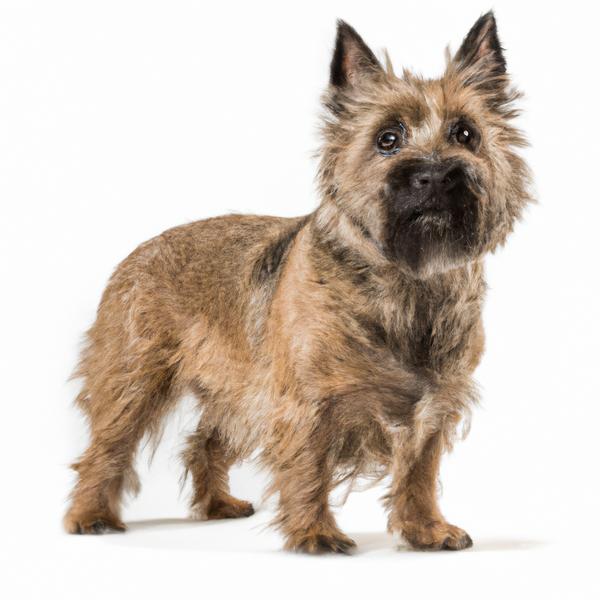
Cairnwich Terrier
Coton Eskimo vs Cairnwich Terrier
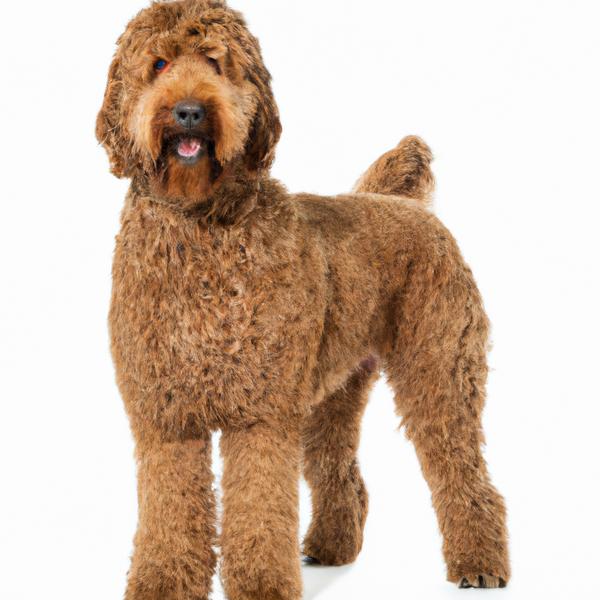
Irish Troodle
Coton Eskimo vs Irish Troodle
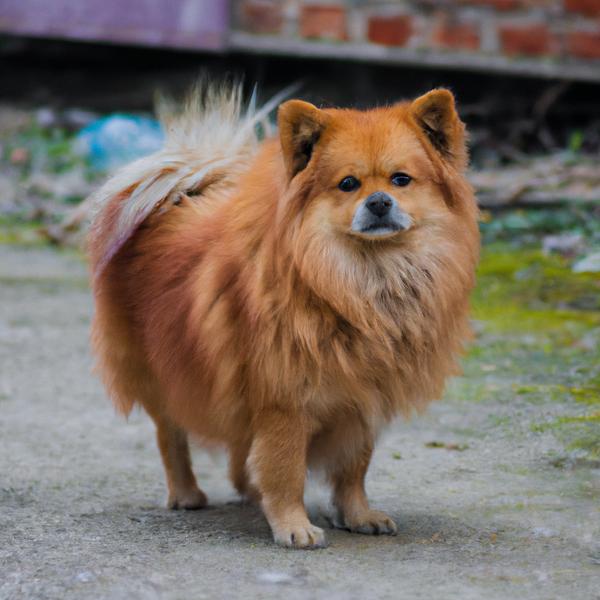
Shetinese
Coton Eskimo vs Shetinese
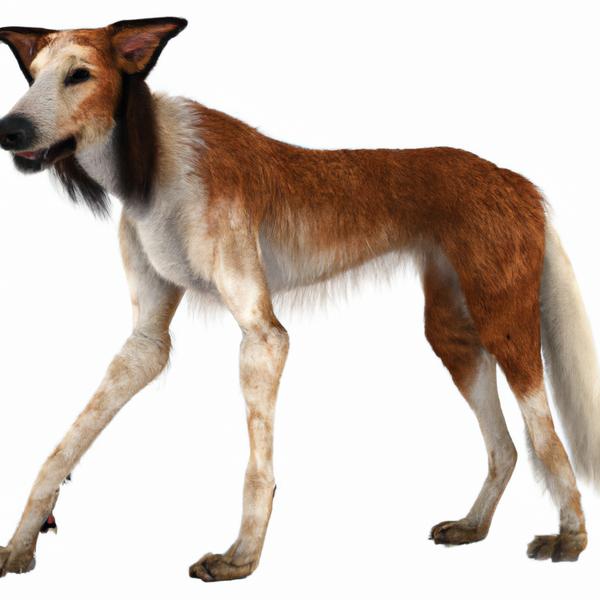
Meagle
Coton Eskimo vs Meagle
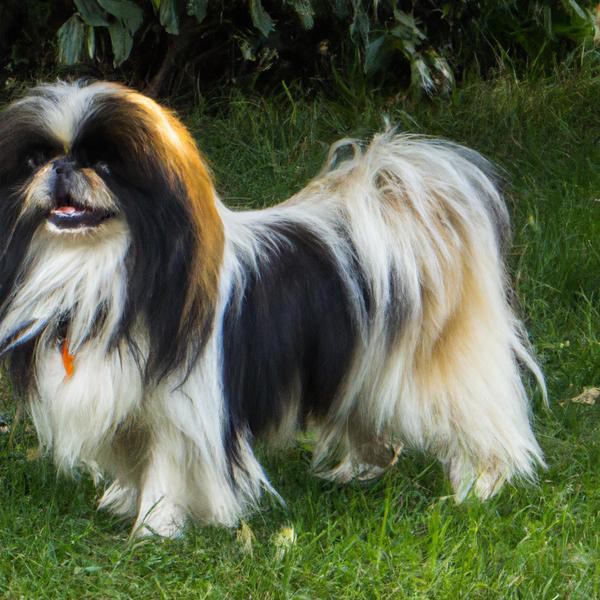
Tibetan Chin
Coton Eskimo vs Tibetan Chin

Kuchi
Coton Eskimo vs Kuchi
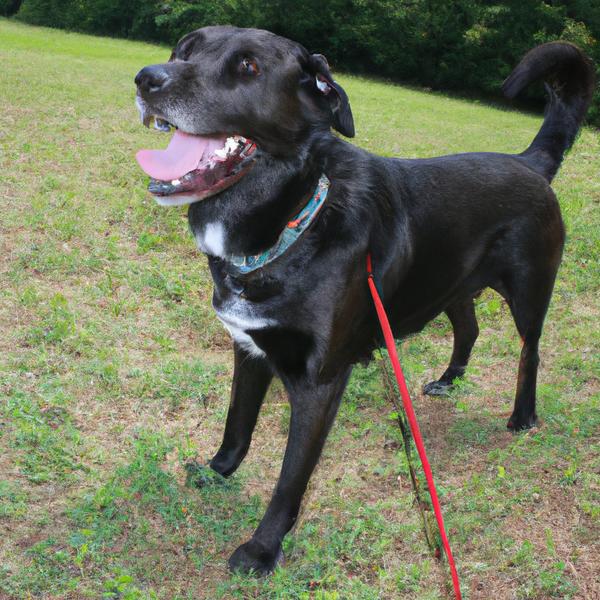
Labrottie
Coton Eskimo vs Labrottie
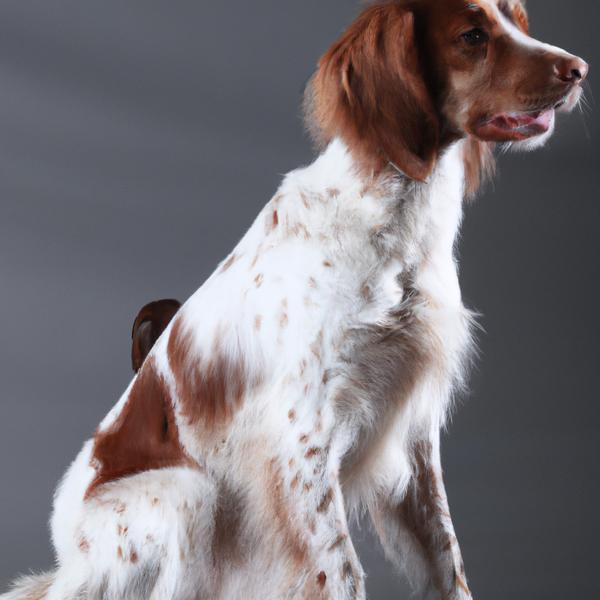
Brittany (Spaniel)
Coton Eskimo vs Brittany (Spaniel)
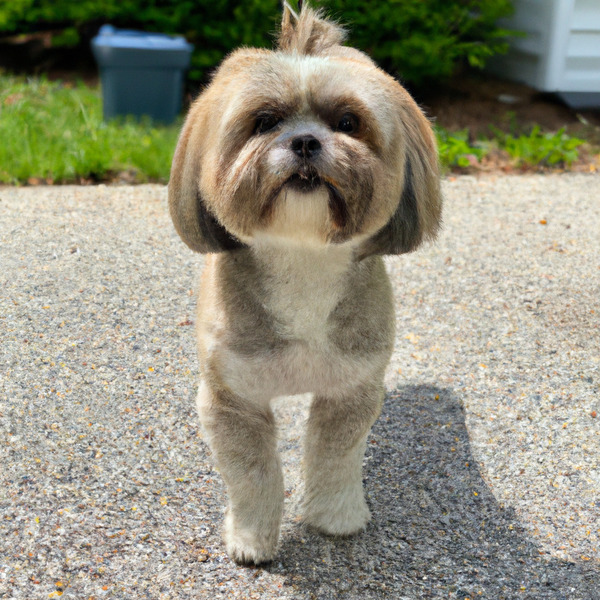
Shorkie Tzu
Coton Eskimo vs Shorkie Tzu
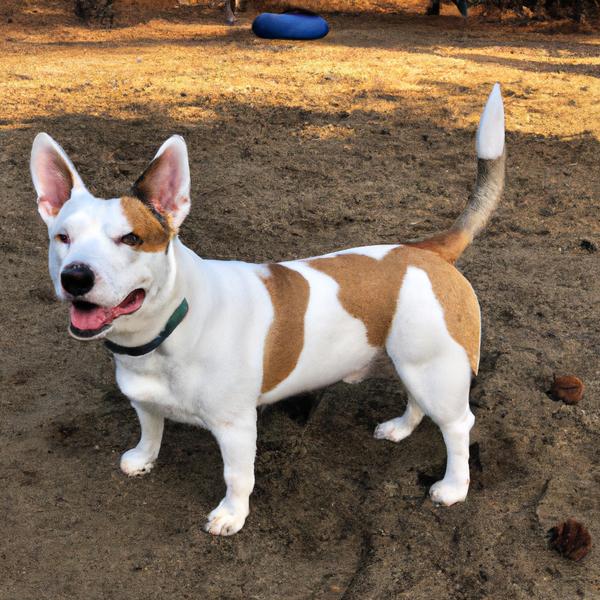
Corgi Pit
Coton Eskimo vs Corgi Pit
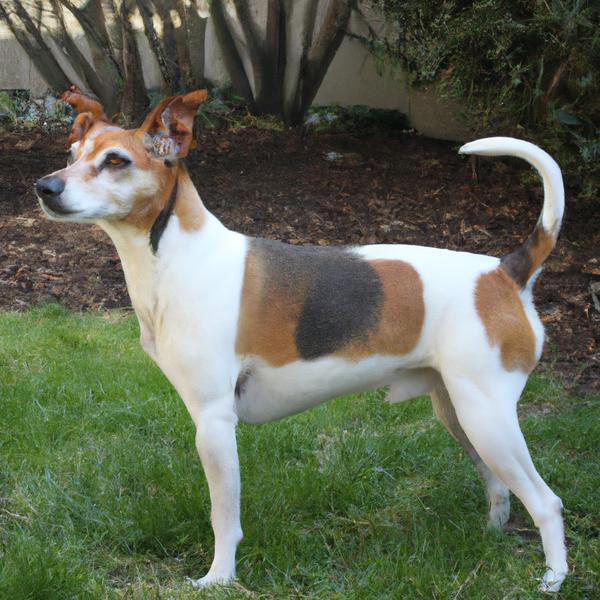
Smooth Foxy Rat Terrier
Coton Eskimo vs Smooth Foxy Rat Terrier
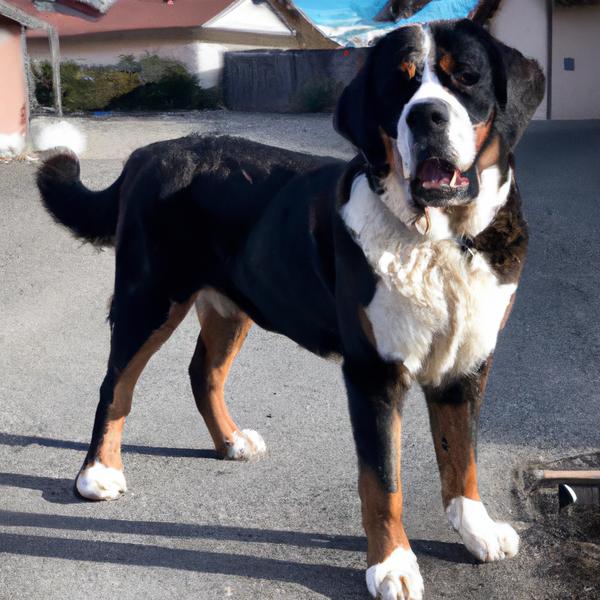
Saint Berxer
Coton Eskimo vs Saint Berxer
